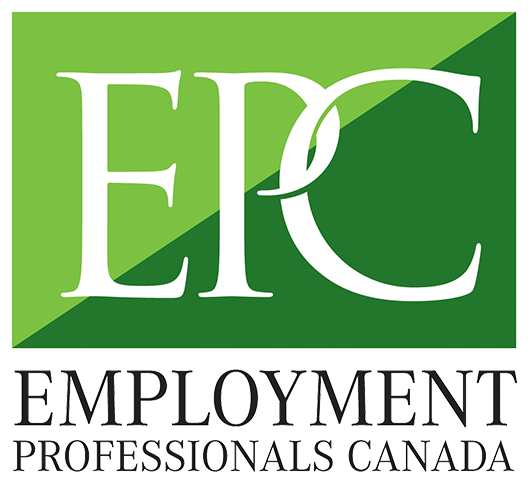Business owners having a tough time navigating the new employment legislation surrounding holiday pay are getting a reprieve from the Ontario Liberal government.
The Ministry of Labour announced Monday that it will take a closer look at its public holiday pay provisions as part of an on-going review of provincial labour and employment legislation. The holiday pay provisions are being re-examined following concerns from many business owners about increased labour costs.
But what does this news mean for business owners?
As an interim measure, the provincial government introduced a new regulation, reinstating the old public holiday pay formula applied prior to Bill 148, with a goal in mind to have a new system in place by 2020. For now, that means employers must follow the original holiday pay structure, which will take effect just in time for the Canada Day holiday, on July 1.
That means an employee’s public holiday pay should equal to the total amount of regular wages earned and vacation pay payable to the employee in the four work weeks before the work week in which the public holiday occurred divided by 20.
In April, the Fair Workplaces, Better Jobs Act, better known as Bill 148, rolled out the second phase of its sweeping changes to the Employment Standards Act, (the ESA), which included the way employers are required to calculate holiday pay for employees.
While the amendment to Part X of the ESA was intended to simplify the way holiday pay is calculated, the new formula led to much confusion for employers, and resulted in paying significantly more public holiday pay to part-time and casual employers.
Under the new rule, public holiday pay was calculated by dividing regular hours earned in the pay period before the public holiday by the number of days worked in that pay period. The calculation is based on the past two weeks.
Based on those changes, a full-time worker would still get a full day of pay for the public holiday and an employee working part-time would get a half day. By the math in the new rules, if a part-time employee worked just one eight-hour day in the two weeks before the holiday, they would receive eight hours of pay – or a full day, which is the same eight hours pay a full-time employee working 40 hours a week over five days would receive for the holiday.
For these reasons and the confusion the new rules creates, the Ministry of Labour made the decision to roll back the amendment brought about by Bill 148.
” The Changing Workplaces Review was about bringing more fairness to workplaces in Ontario. Bill 148 is a reflection of that vision, with measures such as a $15 minimum wage, equal pay for equal work and paid sick days put in place in order to ensure that workers’ rights are always protected and that they are paid a decent wage,” Minister of Labour Kevin Flynn said in a statement.
He says the review of the public holiday pay section of the ESA is part of the government’s overall commitment “to address the realities of the modern workplace and create a fair society.”
If you’re a business owner, it’s important to ensure you’ve made the necessary changes to payroll in time for the July holiday weekend, and review any policies that need to be updated in light of the provincial government’s announcement.
Submissions regarding the Public Holiday Pay Review can be sent to: exemptions.review@ontario.ca.
Have questions? Don’t hesitate to contact the experts at Employment Professionals Canada to find the answers you’re looking for.


